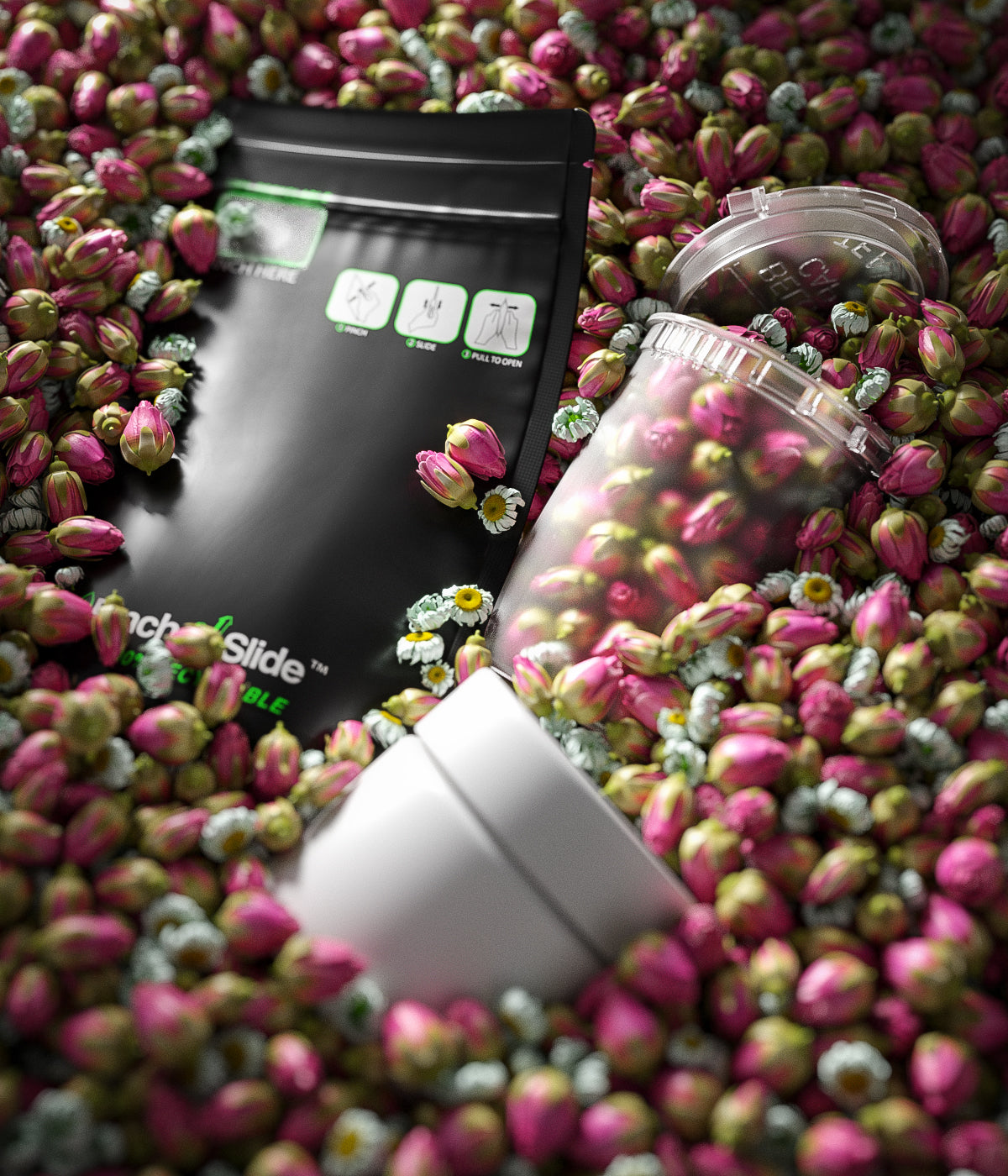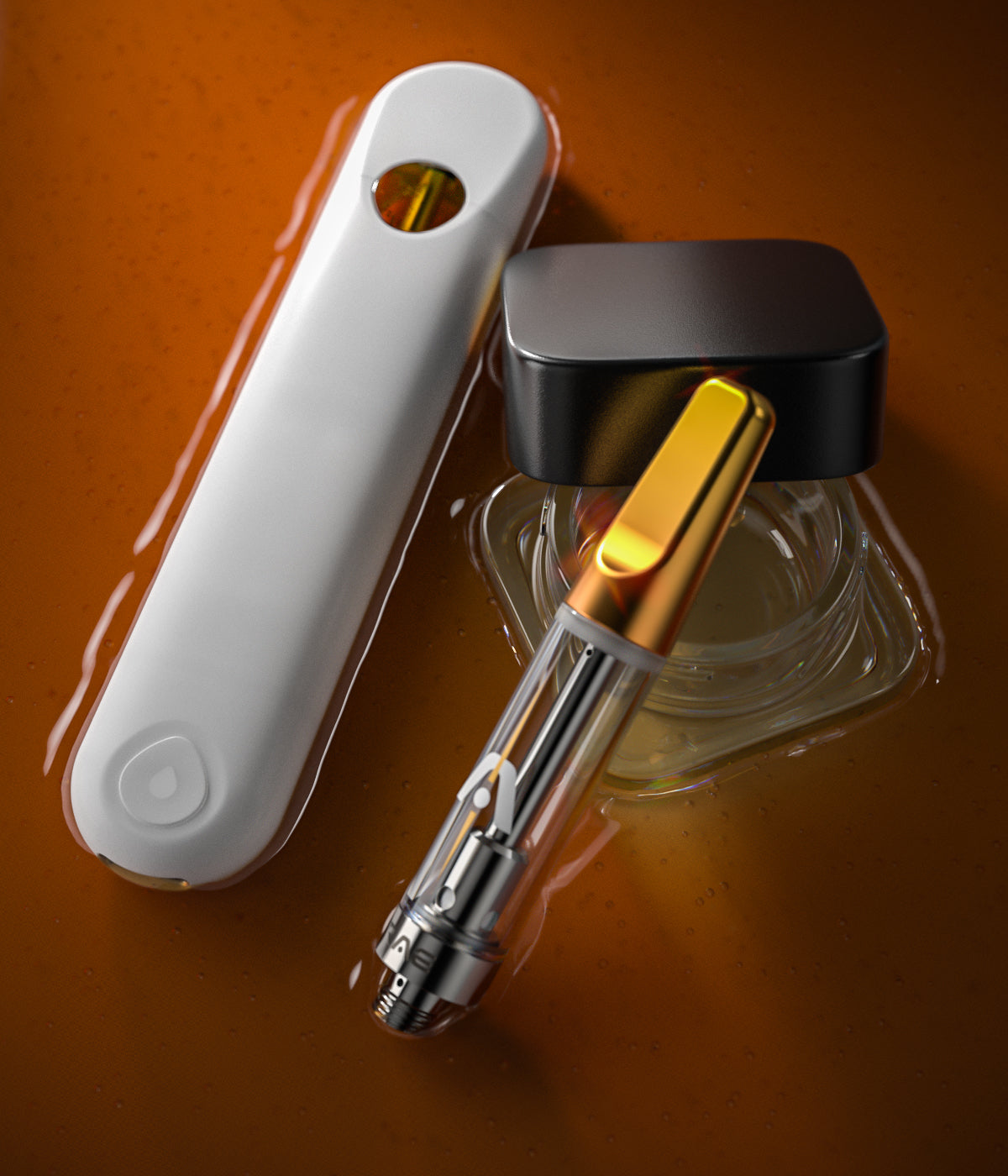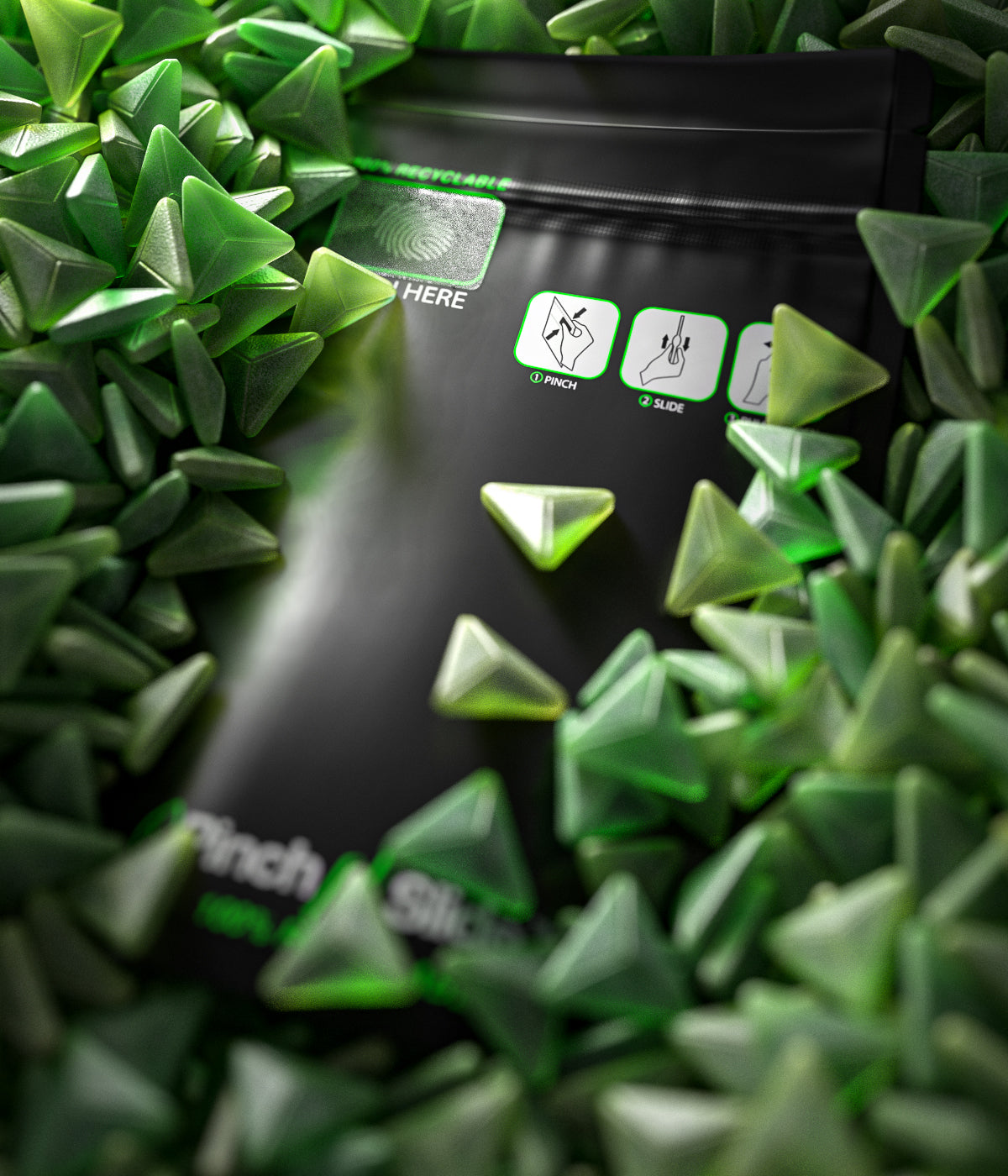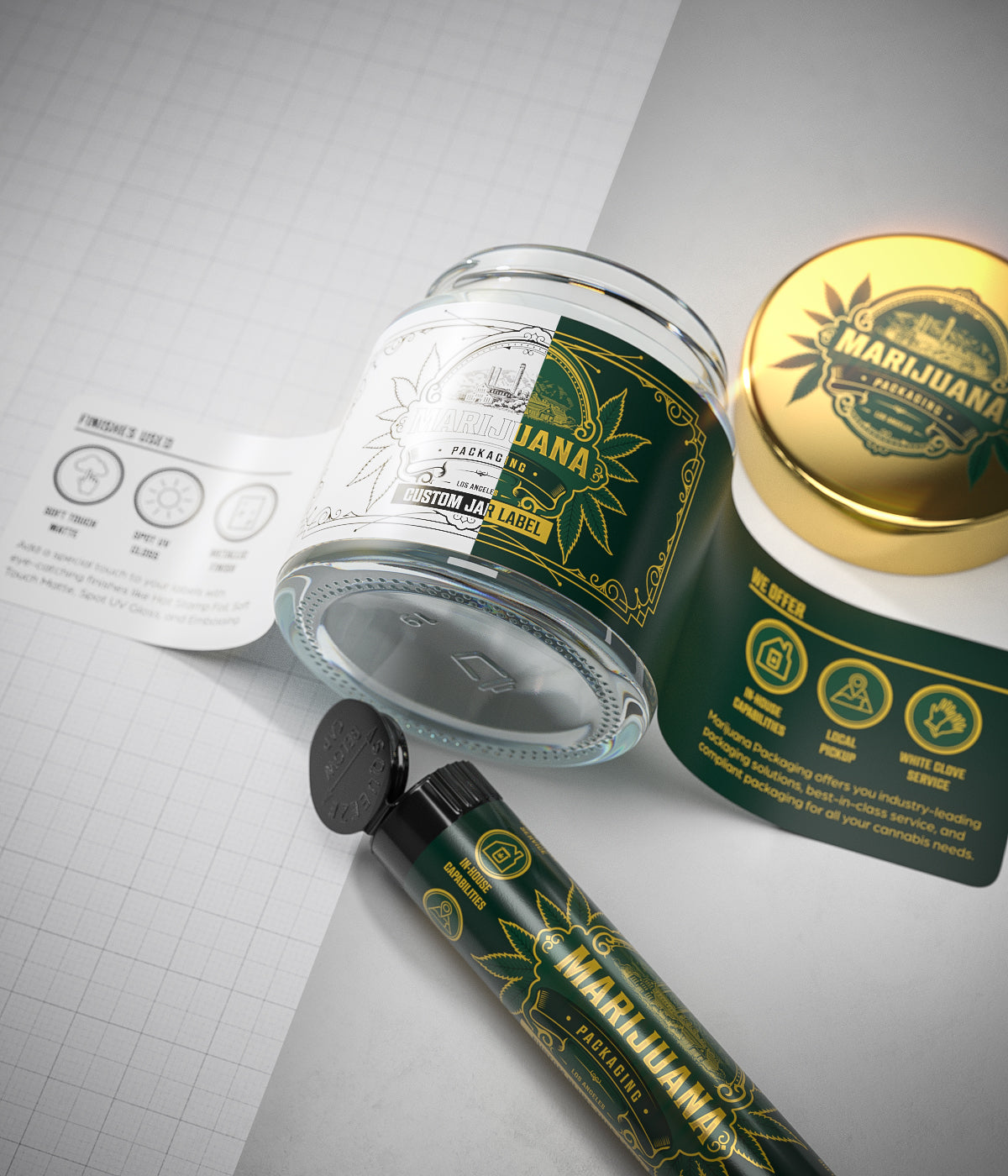Table of Contents
Cannabis vape products require specialized packaging solutions that prioritize both safety and compliance. Child-resistant vape packaging has become mandatory across the cannabis industry, with regulations varying by state but universally focused on preventing accidental access by minors. Understanding these requirements is essential for brands looking to enter or expand in the legal cannabis market.
Child-Resistant Requirements for Vape Packaging
The foundation of child-resistant packaging regulations stems from the Poison Prevention Packaging Act (PPPA), which establishes standards for packaging that significantly reduces the risk of children accessing potentially harmful substances. For cannabis vape products, this translates to packaging that requires deliberate adult actions to open.
Key requirements typically include:
- Packaging that requires a pushing and turning motion simultaneously
- Multiple steps that must be performed in sequence
- Physical strength requirements beyond what a child under five can typically manage
- Reclosable features that maintain child-resistance after initial opening
According to compliance guidelines for vape packaging, these standards must be maintained throughout the product lifecycle, from manufacturing to retail display.
Effective Child-Resistant Packaging Formats
Several packaging formats have emerged as industry standards for meeting child-resistant requirements while protecting vape products:
Slide Boxes with Lock Mechanisms
These boxes incorporate sliding mechanisms that require coordinated movements to open, similar to many pharmaceutical packages. When designed properly, they offer excellent protection while maintaining a premium feel.
Clamshells and Blister Packs
Thermoformed plastic packaging provides visual product display while requiring significant force or tools to open. As explored in this comparison of vape packaging formats, clamshells offer superior protection against both children and physical damage.
Push-and-Turn Containers
Similar to prescription medication bottles, these containers require simultaneous pushing and turning to open, making them highly effective for child resistance. Many brands have adapted these mechanisms for vape cartridge tubes and boxes.
Testing Standards and Certification Process
Child-resistant packaging must undergo rigorous testing protocols to receive certification. The most common standard is the ASTM D3475 protocol, which involves testing with panels of children and adults to verify both resistance and accessibility.
The certification process typically includes:
- Testing with children aged 42-51 months
- Testing with adults aged 50-70 years
- Sequential testing protocol with specific time limitations
- Documentation of success rates for both resistance and accessibility
Packaging suppliers often provide pre-certified options, but custom designs require separate certification. When selecting packaging materials, many brands find that specialized cannabis packaging solutions can be adapted to meet vape-specific requirements while maintaining compliance with child-resistant standards.
Balancing Compliance with Brand Appeal
While meeting legal standards is non-negotiable, brands must also consider how child-resistant features affect the overall user experience and brand perception. Research on packaging appeal shows that younger adult consumers expect both safety and aesthetic value.
Successful strategies include:
- Incorporating child-resistant mechanisms that enhance perceived quality
- Using the opening ritual as part of the brand experience
- Clearly communicating safety features as a brand value
- Ensuring that compliance doesn't compromise usability
The unboxing experience significantly impacts consumer perception, making it crucial to design child-resistant features that feel intentional rather than obstructive.
Navigating State-Specific Regulations
While child-resistance is universally required, specific implementation requirements vary significantly by state. California, Colorado, and Washington have particularly stringent requirements that often set industry standards.
Key variations include:
- Testing protocol preferences (ASTM vs. CPSC standards)
- Documentation and certification requirements
- Specific mechanism requirements or prohibitions
- Reclosability requirements after initial opening
Brands operating across multiple states should consider implementing tamper-evident features alongside child-resistance to meet the most comprehensive requirements in all markets.
Implementation Strategies for Brands
Implementing compliant child-resistant packaging requires a strategic approach that considers the entire product lifecycle. Successful brands typically follow these best practices:
- Engage packaging engineers early in product development
- Select certified packaging partners with cannabis-specific expertise
- Maintain documentation of all testing and certification
- Conduct regular compliance audits across all markets
- Train retail partners on proper display requirements
As regulations continue to evolve, staying ahead of compliance requirements becomes a competitive advantage. Proper retail display strategies ensure that products remain compliant throughout the sales process while still attracting consumer attention.
The future of child-resistant vape packaging lies in innovation that seamlessly integrates safety features with brand experience. As the industry matures, expect to see more sophisticated solutions that protect children while enhancing the adult user experience through intuitive design and premium materials.











Leave a comment
All comments are moderated before being published.
This site is protected by hCaptcha and the hCaptcha Privacy Policy and Terms of Service apply.